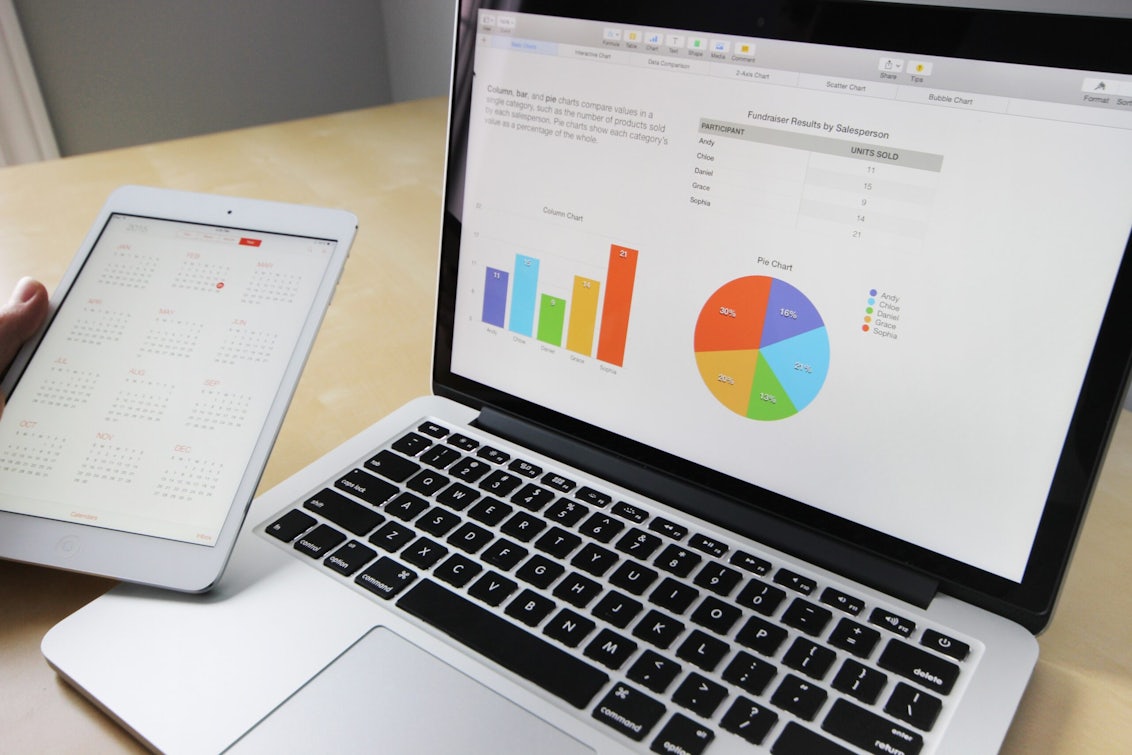At the Google Marketing Next conference in 2017, Google announced the beta version of a new tool: Google Attribution. With its release surely not far away, marketers who don’t have access to the beta should be familiarising themselves as much as possible with the tool so that they’re ready to take advantage when it becomes more widely available.
What will Google Attribution help us with?
The tool is designed to help marketers analyse the impact that different marketing channels have on their sales and leads. At present, different attribution models are commonly used to assess the contributions of these channels. Some commonly used examples are:
- Last click, where full credit for the conversion is given to the channel the user accessed the site through in order to convert.
- First click, where full credit for the conversion is given to the first click in an individual user’s journey to conversion.
- Last non-direct click, where full credit for the conversion is given to the last channel clicked on before the user visited the site directly to make a purchase.
- Linear, where equal credit is given to every touchstone on a user’s journey to conversion.
These existing attribution models all have their uses. First click, for example, is helpful for understanding how users are engaging with your site for the first time, while last non-direct click is often a good indication of which channel convinced the visitor to convert.
A new attribution model
Google Attribution will offer an alternative attribution model that uses machine learning to assess the impacts of each channel on the final conversion. This model, like the existing linear model, will give some percentage of credit to each touchstone, but that percentage will not be equal across the board.
Instead, the new model will use machine learning to work out which channels tend to lead to conversions when they are present in a user journey and which channels don’t lead to conversions so often. By analysing this data, Google Attribution will give a heavier weighting to the more successful channels when it assigns credit for a particular conversion, helping marketers to assess the overall impact of each channel on their marketing efforts.
Our take on the tool
Liam Wade, PPC manager at Impression, said: “Our team has always worked hard to understand the pros and cons of different attribution models for assessing the role that each channel has on the final conversion. As an integrated agency, it’s important that we’re able to identify the effect of each channel as accurately as possible so that we can craft the best paid and organic strategies for our clients.
“Google Attribution is exciting for us because it gives us a new way to analyse our data. Our policy is to focus primarily on optimising the channel and secondarily on looking at different attribution models, so my hope is that the new tool will give us more integrated picture of the available attribution data that will help us to see where we should be focusing our optimisation efforts.”
Stay tuned for more
Like everyone else, we’re still getting used to Google Attribution and the impact that it can have on our marketing efforts. Be sure to check in with us again over the coming months for more insight into what Google Attribution can do and how you can make the best use of it.



